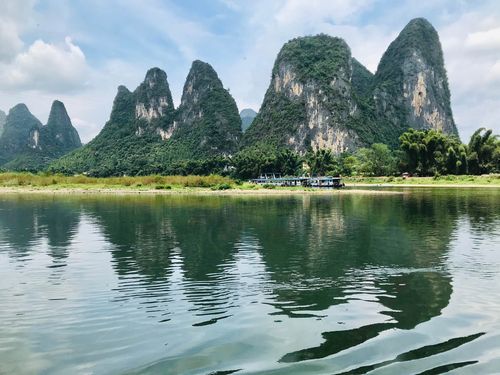Discovering the Richness of Cultural Heritage in the Philippines
The Philippines is a country with a rich cultural heritage that has been influenced by various international traders as well as the colonial era. The history of the Philippines reflects an amalgamation of different cultures coming together, resulting in a unique and diverse heritage. There is so much to discover and learn about the cultural heritage of the Philippines.
The Influence of International Traders
The Philippines has been an important center of trade since ancient times, attracting traders from all over the world. The Chinese, Arab, and Indian traders all played an essential role in shaping the culture and traditions of the Philippines.
The Chinese traders introduced Buddhism, porcelain, and ceramics to the country, which are still widely used in Filipino culture today. The Arab traders brought Islam to the country, which later became the second-largest religion in the Philippines. The Indian traders influenced the culture of the Philippines through the spice trade, which added unique flavors to the Filipino cuisine.
The Legacy of the Spanish Colonial Era
The Spanish colonized the Philippines for over three centuries, from 1565 to 1898, and their influence on the country’s culture is still evident today. The Spanish colonial era introduced Catholicism to the country, which became the dominant religion of the Philippines.
The Spanish also left an indelible impact on the country’s architecture, cuisine, music, and art. The colonial architecture is often characterized by elaborate facades of churches, houses, and public buildings. The Filipino cuisine still reflects Spanish influences, with popular dishes such as adobo, caldereta, and paella.
Preserving the Cultural Heritage of the Philippines
The cultural heritage of the Philippines is something that needs to be treasured and preserved. The National Commission for Culture and the Arts (NCCA) is responsible for the preservation and promotion of the country’s cultural heritage. The NCCA aims to create awareness and appreciation of Filipino culture through various programs, initiatives, and festivals.
One example of such a festival is the Pahiyas Festival, held annually in the town of Lucban, Quezon. The festival celebrates the harvest season and showcases the traditional weaving and rice-pounding skills of the local farmers. The streets of Lucban are adorned with colorful decorations made of fruits, vegetables, and flowers.
Conclusion
The richness of cultural heritage in the Philippines is unparalleled, making it a unique and diverse country. From the influences of international traders to the legacy of the Spanish colonial era, there is so much to discover and explore. The preservation of this heritage is vital for future generations to appreciate and understand the rich cultural history of the country.
(Note: Do you have knowledge or insights to share? Unlock new opportunities and expand your reach by joining our authors team. Click Registration to join us and share your expertise with our readers.)
Speech tips:
Please note that any statements involving politics will not be approved.
